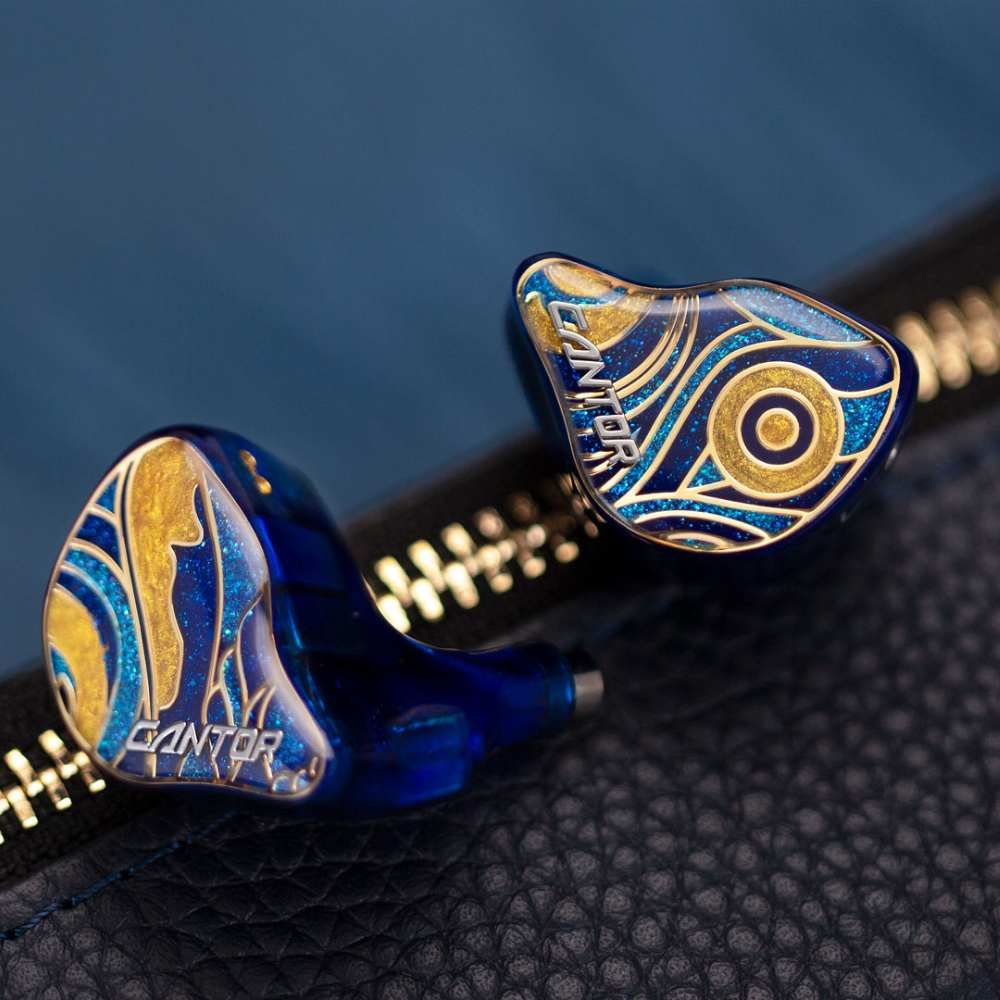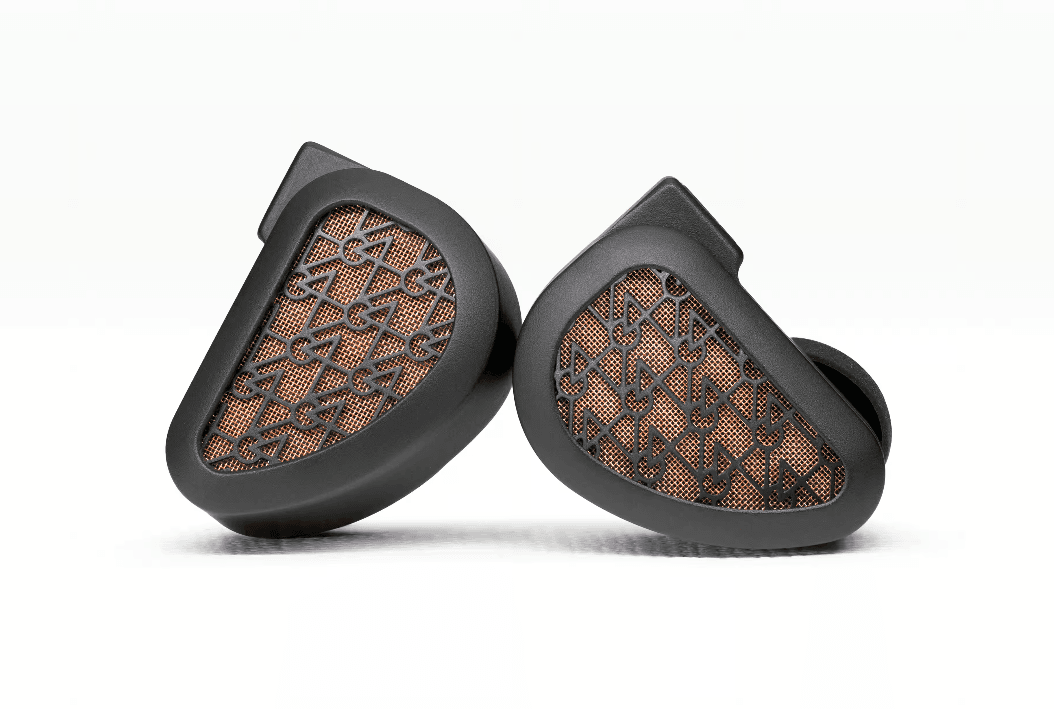Cantorvs.Solo
Sound & Specs Comparison
Information
Both IEMs are widely regarded in the audiophile community. See how they differ in terms of sub-bass response, upper mids, clarity, and overall tonality. Spider charts and rating breakdowns included.
Objective Comparison
Facts, details, stuff.
| General Info | Cantor | Solo |
|---|---|---|
| Brand | AFUL | 64 Audio |
| Country | Taiwan | USA |
| IEM Description | The AFUL Cantor combines technical precision with musicality in a hybrid design. Featuring a dynamic driver for powerful bass and multiple balanced armatures for clean mids and sparkly highs, it delivers a spacious soundstage with excellent separation. Tuning leans slightly toward a balanced-bright signature, making it a solid choice for detail lovers who still want some low-end punch. | – |
| Price Level | 500 – 1.000 | 1.000 – 2.000 |
| Housing & Driver | ||
|---|---|---|
| Driver Config | Multi-BA | – |
| Driver Types | Balanced Armature | Planar Magnetic Driver |
| Shell Material | – | – |
| Cable | 4Braid 5N OFC Cable | – |
| Technical | ||
|---|---|---|
| Freq Range | – | – |
| Impedance (Ω) | 20 | – |
| Sensitivity (dB) | 106 | – |
| Crossover | RLC Network Electronic Crossover | – |
| Platform Info | ||
|---|---|---|
| Comments | 2 | 0 |
| Visit Count | 134 | 27 |
| External Reviews | 1 | 0 |
Meta Ratings
// Nothing to compare yet.
Sound Characteristics
Cantor delivers n deeper and more extended sub-bass, reaching lower frequencies with greater authority than Solo (8.5 vs 5.5). It enhances basslines with c more energy and grip, giving them a livelier feel compared to Solo (9 vs 6). The bass in It feels a more physical and textured, with improved rumble and body compared to Solo (8.5 vs 5.5). It achieves c better warmth and coherence in the lower mids, bringing more realism to guitars and cellos (8.5 vs 7.5). It reproduces female vocals and strings with a more air and forwardness, while Solo remains recessed (8 vs 7). It provides a more refined lower treble, resolving fine detail and air with greater finesse than Solo (8 vs 6.5). The highest frequencies on It feel a more natural and less rolled-off compared to Solo (7.5 vs 5.5). It paints a c broader sonic landscape, offering better instrument positioning across the stage (8 vs 5). With m higher resolution, It allows finer textures and room ambiance to shine more than Solo (8.8 vs 6). It organizes musical elements a better across depth, enhancing spatial realism over Solo (8.3 vs 5.5). It shows s better control of masking effects, maintaining clarity across frequency ranges better than Solo (8 vs 6.5). It adds b more body and density to musical notes, enriching the overall texture compared to Solo (7.5 vs 7). It delivers dynamic shifts with overwhelmingly greater impact, making Solo sound comparatively tame (8.5 vs 4.5). The upper range of vocals is overwhelmingly cleaner and more forgiving on It, helping it avoid sibilant harshness that Solo shows (8.5 vs 3.5). It achieves a better tonal neutrality, avoiding colorations present in Solo (8.8 vs 7). Subtle ridges and granularity are conveyed a more clearly on It, adding life that Solo doesn’t quite match (8 vs 5.5).
| Cantor | Solo | |
|---|---|---|
| Sub Bass | 8.5 | 5.5 |
| Bass | 9.0 | 6.0 |
| Bass Feel | 8.5 | 5.5 |
| Lower Mids | 8.5 | 7.5 |
| Upper Mids | 8.0 | 7.0 |
| Lower Treble | 8.0 | 6.5 |
| Upper Treble | 7.5 | 5.5 |
| Sound Stage Width | 8.0 | 5.0 |
| Detail | 8.8 | 6.0 |
| Layering | 8.3 | 5.5 |
| Masking | 8.0 | 6.5 |
| Note Weight | 7.5 | 7.0 |
| Slam | 8.5 | 4.5 |
| Sibilance | 8.5 | 3.5 |
| Timbre Color | 7.5 | 7.5 |
| Tonality | 8.8 | 7.0 |
| Texture | 8.0 | 5.5 |
Tonal Signature
// Nothing to compare yet.

